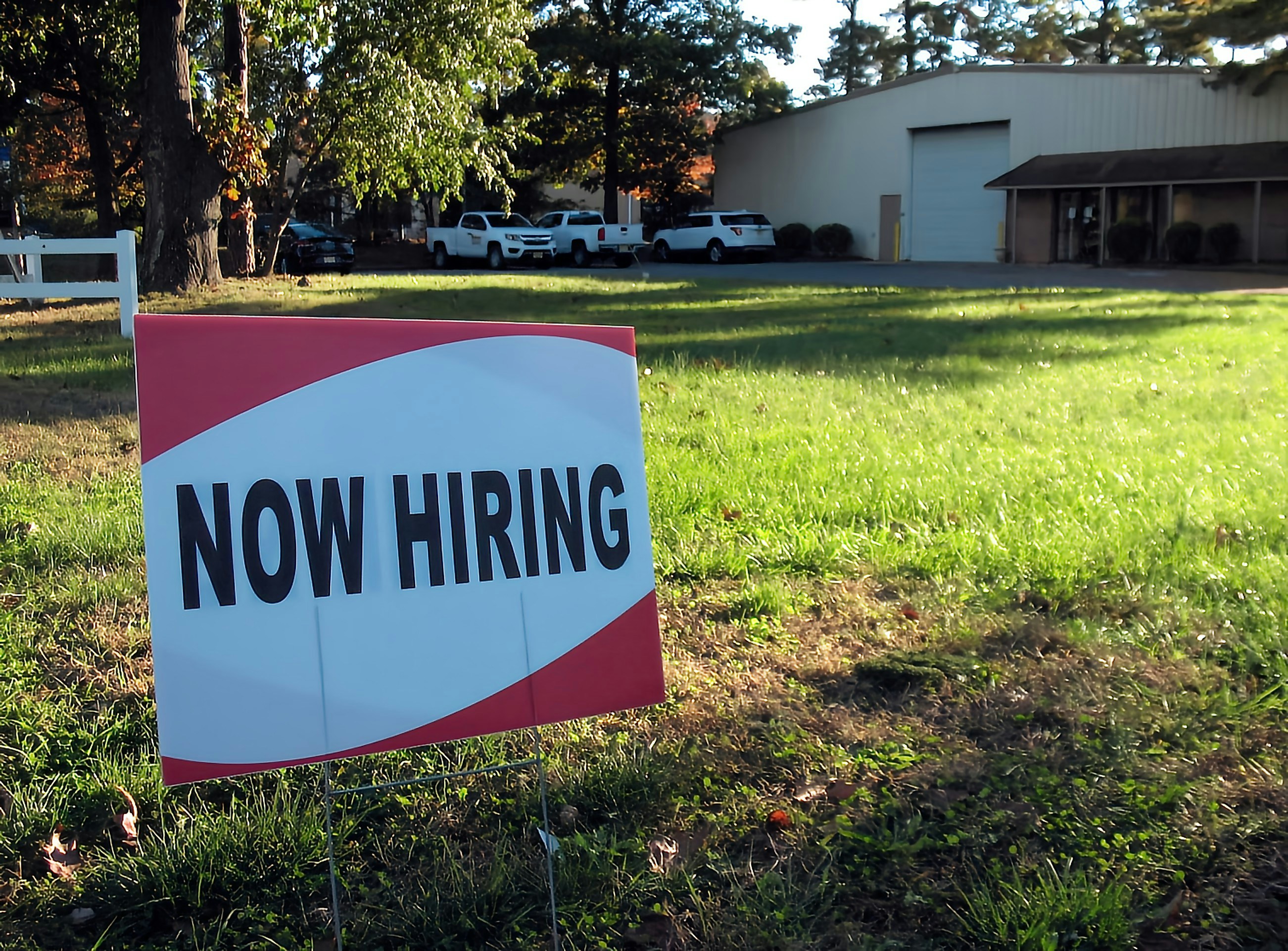
Top 10 Best UK Universities for Data Science Degrees (2025 Guide)
Discover ten of the strongest UK universities for Data Science degrees in 2025. Compare entry requirements, course content, research strength and industry links to choose the right programme for you. Data is the currency of the modern economy, and professionals who can wrangle, model and interpret vast datasets are in demand across every sector—from biotechnology and finance to sport and public policy. UK universities have been at the forefront of statistics, artificial intelligence and large-scale computing for decades, making the country a prime destination for aspiring data scientists. Below, we profile ten institutions whose undergraduate or postgraduate pathways excel in data science. Although league tables vary each year, these universities have a proven record of excellence in teaching, research and industry collaboration.











